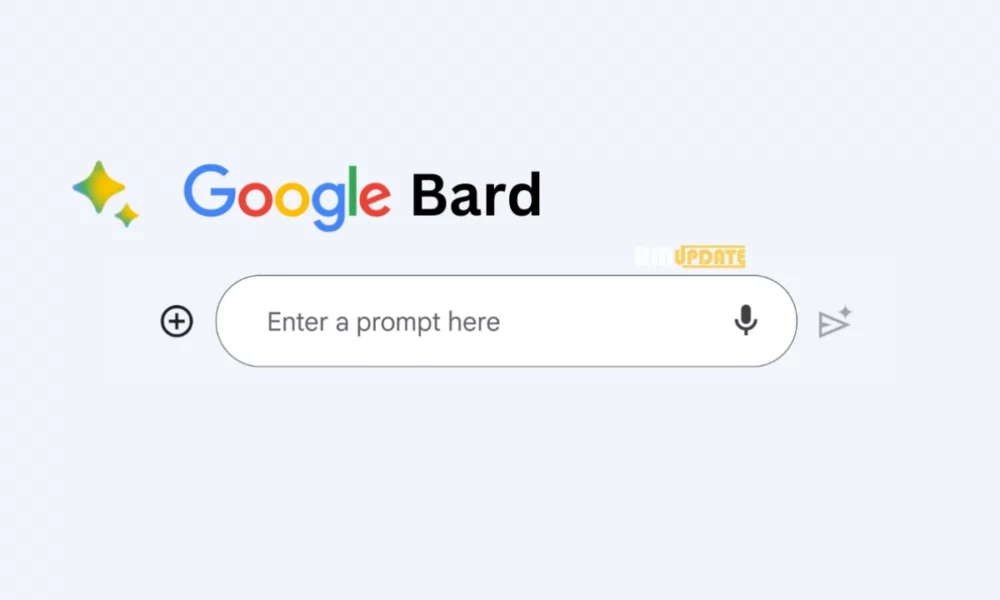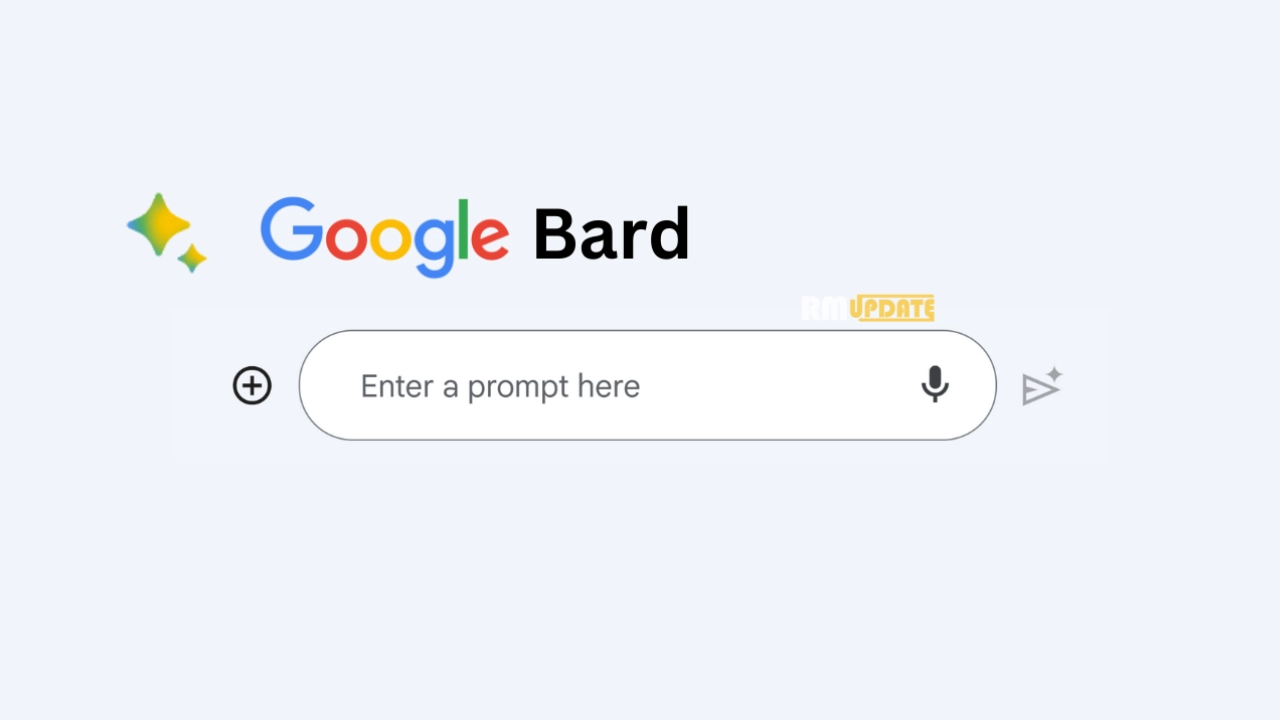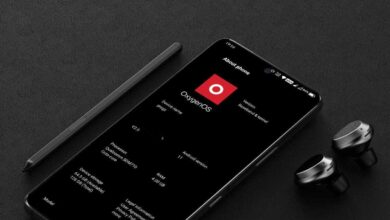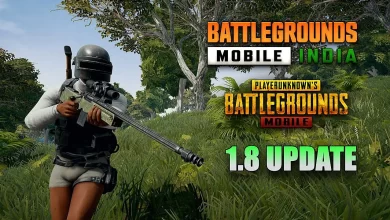Google Bard is a creative and helpful ally to unleash your imagination, increase your productivity, and bring your ideas to life. For a more convenient or appropriate course of action, Google has recently released a new Experiments update to try Bard to the next level. The new Google Bard update comes with many new capabilities, along with support for Google Lens and over 40 new languages.
Google Bard Experiment updates:
With this update, Google Bard is now available in new places and languages. According to the information, it is now available in over 40 new languages, including Arabic, Chinese (simplified/traditional), German, Hindi, Spanish and more. Plus, it expanded access to more places, including all 27 countries in the European Union (EU) and Brazil.
Next, it adds Google Lens to Bard, which allows you to upload images as well as text to your conversations with Bard, allowing you to fuel your imagination and creativity in entirely new ways. However, this feature only supports the English language.
Moreover, it comes with lots of new abilities, including five new Bard’s responses such as simpler, longer, shorter, more professional or more casual, expanding Bard’s export capabilities for code and making it easier to share part or all of your Bard chat with others, Pinned and recent threads, and more. For more information, check the full changelog below.
Google Bard Experiment updates: What’s New.
Bard is available in new places and languages.
- What: Bard is now available in over 40 new languages, including Arabic, Chinese (simplified/traditional), German, Hindi, Spanish and more. We have also expanded access to more places, including all 27 countries in the European Union (EU) and Brazil.
- Why: Bard is global and is intended to help you to explore possibilities. Our English, Japanese and Korean support helped us learn how to launch languages responsibly, enabling us now to support most language coverage on the Internet.
Google Lens in Bard
- What: You can upload images alongside text in your conversations with Bard, allowing you to boost your imagination and creativity in completely new ways. To make this happen, we’re bringing the power of Google Lens into Bard, starting with English.
- Why: Images are a fundamental part of how we put our imagination to work, so we’ve added Google Lens to Bard. Whether you want more information about an image or need inspiration for a funny caption, you now have even more ways to explore and create with Bard.
Bard can read responses out loud.
- What: We’re adding text-to-speech capabilities to Bard in over 40 languages, including Hindi, Spanish and US English.
- Why: Sometimes, hearing something out loud helps you to bring an idea to life in new ways beyond reading it. Listen to responses and see what it allows you to imagine and create!
Pinned and recent threads
- What: You can now pick up where you left off with your past Bard conversations and organise them according to your needs. We’ve added the ability to pin conversations, rename them and have multiple conversations simultaneously.
- Why: The best ideas take time, sometimes multiple hours or days, to create. Keep your threads and pin your most critical threads to keep your creative process flowing.
Share your Bard conversations with others.
- What: We’ve made sharing part or all of your Bard chat easier with others. Shareable links make seeing your chat and any sources a click away so others can seamlessly view what you’ve created with Bard.
- Why: Sometimes, it takes work to hold back a new idea. We wanted to make it easier for you to share your creations to inspire others, unlock your creativity and show your collaborative process.
Modify Bard’s responses.
- What: We’re introducing five new options to help you modify Bard’s responses. Just tap to make the answer simpler, longer, shorter, more professional or more casual.
- Why: When a response is close enough but needs a tweak, we’re making it easier to get you closer to your desired creation.
Export Python code to Replit
- What: We’re continuing to expand Bard’s export capabilities for code. You can now export Python code to Replit in addition to Google Colab.
- Why: Streamline your workflow and continue your programming tasks by moving Bard interactions into Replit.

“If you like this article follow us on Google News, Facebook, Telegram, and Twitter. We will keep bringing you such articles.”







